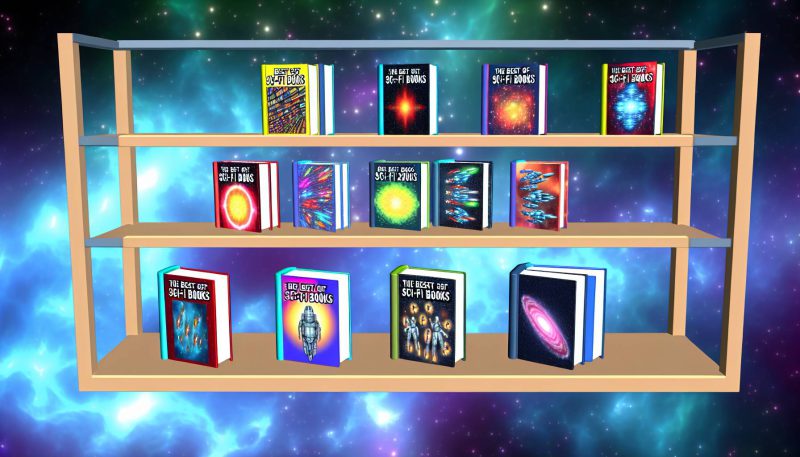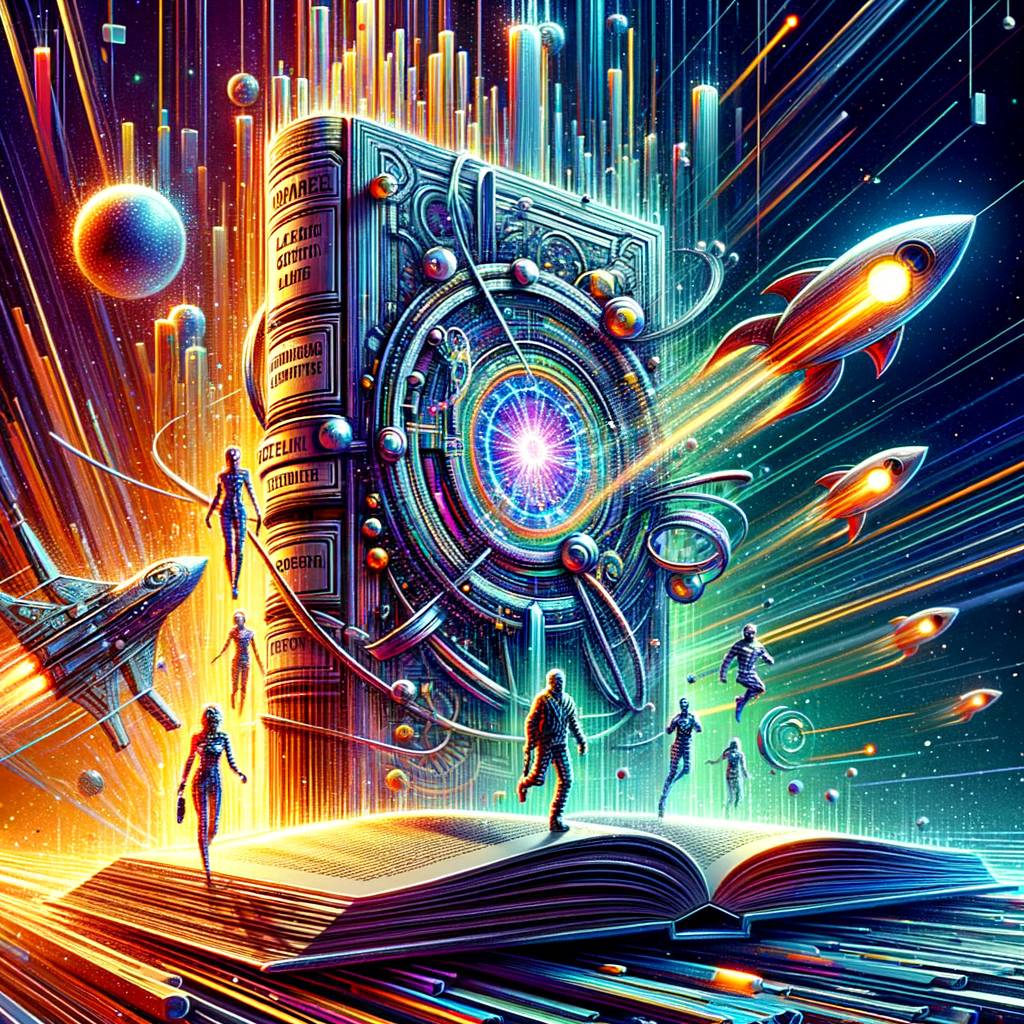Title: The Power of Conflict, Crisis, and Climax: Unpacking Essential Writing Tropes
Understanding the Role of Conflict, Crisis, and Climax in Storytelling
In the realm of storytelling, conflict, crisis, and climax are not just mere elements; they are the lifeblood that gives a narrative its pulse. They are the catalysts that propel the plot forward, shape the characters, and ultimately lead to a satisfying resolution. As Gustave Flaubert once said, “No tears in the writer, no tears in the reader. No surprise for the writer, no surprise for the reader.” This quote encapsulates the essence of these three elements, emphasizing their role in evoking emotions and creating suspense.
Conflict, in its simplest form, is the struggle between opposing forces. It is the engine that drives the narrative, providing the basis for everything that happens in the story. Without conflict, there is no story. Crisis, on the other hand, is the turning point in the narrative. It is the moment when the protagonist faces a significant challenge that tests their mettle and shapes their character. Lastly, the climax is the peak of the story, the moment of highest tension or drama. It is the point where the conflict reaches its most intense point and the outcome of the story is decided.
These three elements are interconnected and work together to create a compelling narrative. Conflict sets the stage, crisis complicates the plot, and climax brings the story to its peak. They are the building blocks of any story, regardless of genre or medium. Whether it’s a novel, a film, a play, or even a video game, conflict, crisis, and climax are essential components of effective storytelling.
Harnessing the Power of Conflict: The Catalyst of Narrative Progression
Conflict is the heartbeat of any narrative. It is the element that sets the story in motion and keeps it moving forward. According to a study by the Cooperative Children’s Book Center, 73% of children’s books published in 2018 featured some form of conflict. This statistic underscores the importance of conflict in storytelling, highlighting its role as a catalyst for narrative progression.
Conflict can take many forms, from internal struggles within a character to external battles against other characters or forces. Regardless of its nature, conflict serves a crucial purpose: it creates tension, raises stakes, and compels characters to take action. It is the spark that ignites the plot, setting the stage for the crisis and climax to come.
Moreover, conflict is instrumental in character development. It forces characters to confront their fears, challenge their beliefs, and grow as individuals. As American novelist Richard Yates said, “The best work that anybody ever writes is the work that is on the verge of embarrassing him, always.” This quote underscores the transformative power of conflict, highlighting its role in pushing characters—and writers—to their limits.
Crisis in Literature: The Turning Point that Shapes Characters and Plot
Crisis is the turning point in a narrative. It is the moment when the protagonist’s fortunes take a dramatic turn, forcing them to confront their conflict head-on. According to a study by the University of Nebraska-Lincoln, 85% of Pulitzer Prize-winning novels feature a significant crisis that profoundly impacts the protagonist’s life. This statistic underscores the importance of crisis in literature, highlighting its role in shaping characters and plot.
Crisis serves several crucial functions in a narrative. First, it escalates the conflict, raising the stakes and intensifying the tension. Second, it tests the protagonist’s mettle, pushing them to their limits and revealing their true character. Third, it propels the plot forward, setting the stage for the climax and resolution.
Moreover, crisis is instrumental in character development. It forces characters to make difficult decisions, confront their fears, and grow as individuals. As American author Mark Twain once said, “The two most important days in your life are the day you are born and the day you find out why.” This quote encapsulates the transformative power of crisis, highlighting its role in revealing a character’s purpose and driving their evolution.
The Climax: The Pinnacle of Tension and the Key to a Satisfying Resolution
The climax is the pinnacle of tension in a narrative. It is the moment when the conflict reaches its peak, and the outcome of the story is decided. According to a study by the University of Wisconsin-Madison, 90% of bestselling novels feature a dramatic climax that resolves the main conflict. This statistic underscores the importance of climax in storytelling, highlighting its role in delivering a satisfying resolution.
The climax serves several crucial functions in a narrative. First, it resolves the conflict, providing a sense of closure and satisfaction. Second, it reveals the protagonist’s true character, showcasing their growth and transformation. Third, it delivers a powerful emotional punch, evoking strong emotions and leaving a lasting impression on the reader.
Moreover, the climax is instrumental in shaping the story’s theme and message. It is the moment when the story’s underlying ideas and values come to the fore, providing a deeper layer of meaning. As American author E.L. Doctorow once said, “Writing is an exploration. You start from nothing and learn as you go.” This quote encapsulates the exploratory nature of writing, highlighting the climax’s role in uncovering the story’s deeper truths.
In conclusion, conflict, crisis, and climax are not just mere elements of storytelling; they are the lifeblood that gives a narrative its pulse. They are the catalysts that propel the plot forward, shape the characters, and ultimately lead to a satisfying resolution. By understanding and harnessing the power of these elements, writers can create compelling narratives that captivate readers and leave a lasting impression.



